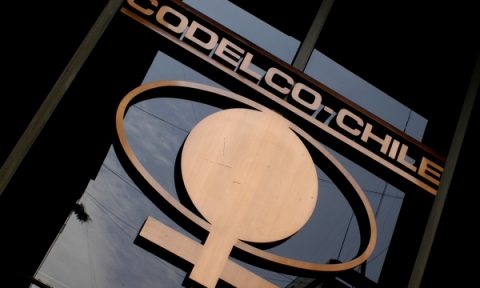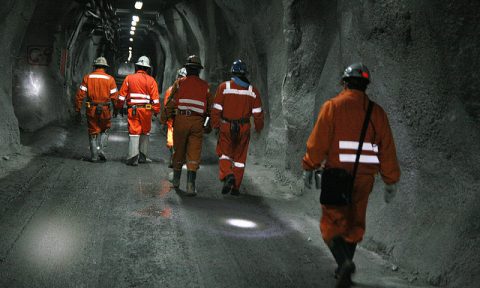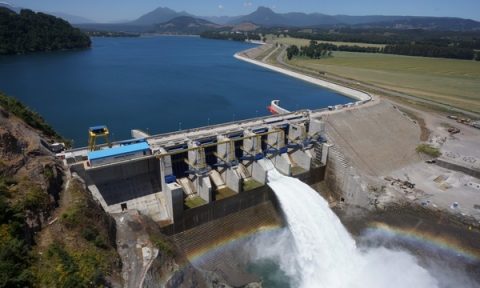First stage of former zoning map undefined areas suitable for undefined projects is launched
Private note that although it helps, it is not what the government had promised
Nearly three years after President Sebastián Piñera’s phone call with which put the tombstone to Barrancones, yesterday the ministry of National Heritage delivered the first part of one of the commitments assumed by the government at that time: a ‘macro-zoning territory. “
In any case, the initiative is far from what the government had committed at the beginning, a territory zoned map. Instead, the ministry created a unified system that provides information on the existing rules and regulations in the national field.
According to the ministry, the purpose of the tool is to give citizens the information issued by various public institutions in an easy and accessible way through a georeferenced system available on the web.
Initially the platform will contain the information of the XV, I, II and III Regions, although according to the Minister of National Assets, Rodrigo Pérez Mackenna, the plan is to add each month a new Region to the platform to end with the entire country in February next year.
The site mechanics is simple: the user will be selecting the various rules and regulations for use of their field of choice, which will appear as layers of colors on the site.
Reactions
The new platform “helps tremendously to locate any investment,” said Pérez Mackenna after launch, because “you can keep an eye on all existing restrictions on the territories.”
The private value the initiative, to have in only one place information usually was in several places. Juan Carlos Guajardo, Cesco executive director, said that “the land is a valuable tool to guide the use of space and resources of a country.” Rodrigo Castillo, from Electric Companies, meanwhile, said that the platform “lets look at the territorial status of the areas on the map,” while Rene Muga, of Generators, says that “it is essential to have more information on the territory (… ) centralized and free access “.
Gina Ghio, Data Research Project Manager, specialist firm in this type of studies, says that “these tools are used to the extent that the information is updated. If not, no good. “
Despite progress, the same private show their objections, especially by expectations that had generated the initial commitment. “When the government said zoning would be expected to do something like a national regulatory plan (…) and that would ensure that in certain areas the companies have no trouble-provided they meet established environmental requirements required. We all know where you can install or not a project. In Barrancones there was a problem in terms of zoning to install the plant, both in Punta Castilla and Punta Alcalde. What happened was that the communities were opposed, “says a mining executive.
Another thing to criticize is that even in regions that were launched, missing standards that are essential in the evaluation of projects. Maria Isabel Gonzalez, energy consultancy, says that the platform “is just a visualization tool, but there are other more complete for geospatial analysis that may filter characteristics of alternative energy infrastructure sites”.
An industry executive adds that “nobody expected this to be the instrument. There has to be a political decision that says where to install power plants. “The same was what they expected in the electrical industry: that the State took the initiative and moved the conflict between communities and private and conduct public policy.
The Barrancones Case
August 26th, 2010, President Sebastián Piñera announced that the Barrancones Power Plant environmentally approved, would be relocated. However, the project company (GDF Suez) decided to scrap the initiative.
This episode was seen as the starting point of the problems with the approval of projects, mainly by the empowerment of certain sectors of the population. In view of this and as a way to provide comfort to private, Piñera announced that the Ministry of National Heritage would make a country zoning to identify sensitive sites for the installation of energy and mining projects, among others.
Source: Diario Financiero












